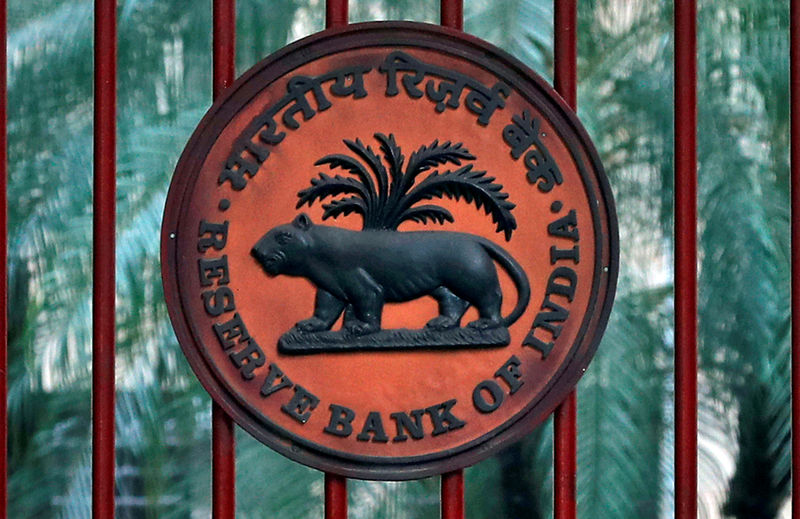By Ambar Warrick
Investing.com-- The Reserve Bank of India hiked interest rates as expected on Wednesday, and said it will continue to tighten policy in the coming months as it moves to bring inflation closer to its target range.
The RBI hiked its policy repo rate by 35 basis points (bps) to 6.25%, in line with market expectations. The move is its fourth consecutive hike this year, and puts the current repo rate at its highest level in over three years.
Speaking in a livestream at the bank’s meeting, Governor Shaktikanta Das said that despite raising rates by over 200 bps this year, the RBI still sees monetary conditions as remaining accommodative, and will act further to tighten policy and further curb inflationary pressures.
“Further calibration in monetary policy is warranted to keep inflation expectations anchored, break core inflation persistence, and contain second-round effects,” Das said, adding that "the battle against inflation is not over."
Das cited uncertainty over the path of inflation in the near-term, stating that external volatility in price pressures still remained despite some easing price pressures in recent months. India's consumer inflation eased further from an eight-year high to around 6.8% in October.
Inflation is expected to remain above the RBI’s annual 4% target for the next 12 months, Das warned, citing uncertainty over food costs, weather conditions, and volatility in global commodity markets.
But Das also noted that India’s economic growth remained robust, with the economy expected to grow by 6.8% in the current year. The figure is much higher than most major economies, and has invited steady buying into Indian stock markets in recent months.
Real GDP growth is expected at 7.1% in the first quarter of fiscal 2023, Das said. The RBI’s 2022 GDP forecast is also largely in line with forecasts from the International Monetary Fund and the World Bank.
The Indian rupee trimmed intraday losses to trade around 82.498 against the dollar after the rate decision.
The currency has tumbled sharply this year, due to headwinds from higher oil prices and hawkish moves by the Federal Reserve. But the currency is expected to benefit from India’s strong growth outlook, as well as rising interest rates in the country.
